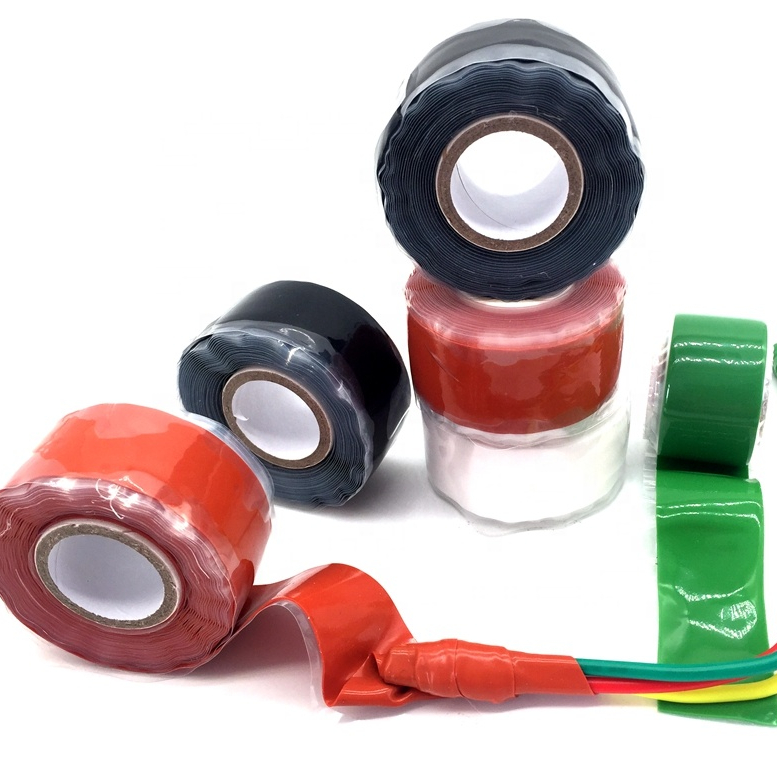The Significance of Shop Floor Tape in Modern Manufacturing
In today's dynamic manufacturing environment, efficiency and organization are paramount. One often-overlooked tool that plays a vital role in enhancing workplace efficiency is shop floor tape. This simple yet powerful resource aids in defining workflow areas, ensuring safety protocols, and maintaining an organized workspace, ultimately leading to improved productivity and reduced operational costs.
Visual Management Tool
Shop floor tape, composed of durable materials and available in various colors and designs, serves as an effective visual management tool. In a manufacturing setting, where chaos can often ensue, clear visual indicators help delineate different areas such as workstations, storage zones, and walkways. By marking these spaces clearly, employees can quickly identify where to go and what to do, minimizing confusion and optimizing workflow.
For instance, using bright yellow tape to delineate walkways ensures that workers maintain safe passage through busy areas. Red tape may indicate hazardous zones, drawing attention to areas that require extra caution. Through organized markings, employees are reminded of protocol and urged to adhere to safety regulations, fostering a culture of safety within the organization.
Standardizing Processes
Beyond visual management, shop floor tape is instrumental in standardizing processes. In any repetitive manufacturing task, consistency is key to achieving quality results. By using tape to mark positions for machinery, tools, and materials, organizations can ensure that workflows remain consistent and predictable. This standardization not only boosts efficiency by reducing the time spent searching for tools or materials but also enhances quality control.
Moreover, by outlining the specific locations for each item, shop floor tape contributes to inventory organization
. When items have designated places, it is easier to conduct inventory audits, identify shortages, and maintain optimal stock levels. It enables a system of accountability and responsibility among workers, ensuring that everyone knows their roles and tasks within the manufacturing process.shop floor tape

Enhancing Safety
Safety is a top priority in any manufacturing environment, and shop floor tape is an effective means of enhancing workplace safety. By marking out specific areas for equipment, hazardous materials, and pedestrian routes, organizations can significantly reduce the risk of accidents. The bright colors and patterns of shop floor tape act as alerts, guiding employees and preventing mishaps.
In addition, shop floor tape can serve as a reminder for essential safety protocols. For example, using tape to indicate where PPE (Personal Protective Equipment) is required can help instill a culture of safety among employees. When workers see these visual cues consistently, they are more likely to adhere to safety practices and report any unsafe conditions, thereby promoting a proactive approach to workplace safety.
Easy to Apply and Remove
Another advantage of shop floor tape is its ease of application and removal. Unlike traditional paint or permanent markers, tape can be laid down quickly, making it ideal for fast-paced production environments where time is of the essence. If changes in workflow or redesign of workspaces are necessary, tape can be removed without damaging the floor, making it a flexible solution that can adapt to the evolving needs of the manufacturing process.
Conclusion
In conclusion, shop floor tape is not just a simple adhesive strip; it is a valuable asset in modern manufacturing. By improving visual management, standardizing processes, enhancing safety, and offering flexibility, it plays an integral role in fostering a productive working environment. As industries continue to evolve, the significance of tools like shop floor tape will only grow, underscoring the importance of organization and efficiency in achieving operational excellence. As manufacturers strive for continuous improvement, integrating tools that simplify and enhance workplace productivity will remain a cornerstone of success.
-
XIANGFAN Rubber Tape-Ultimate Solutions for All Your Insulation NeedsNewsJun.24,2025
-
XIANGFAN Rubber Tape-Protection for Industrial and Residential ApplicationsNewsJun.24,2025
-
XIANGFAN Rubber Tape: Superior Safety and Sealing for Demanding EnvironmentsNewsJun.24,2025
-
XIANGFAN Rubber Tape: Reliable Solutions for Every Electrical ChallengeNewsJun.24,2025
-
XIANGFAN Electrical & Industrial Tape: Powering Reliability Across IndustriesNewsJun.24,2025
-
XIANGFAN Electrical & Industrial Tape: Excellence in Every ApplicationNewsJun.24,2025
